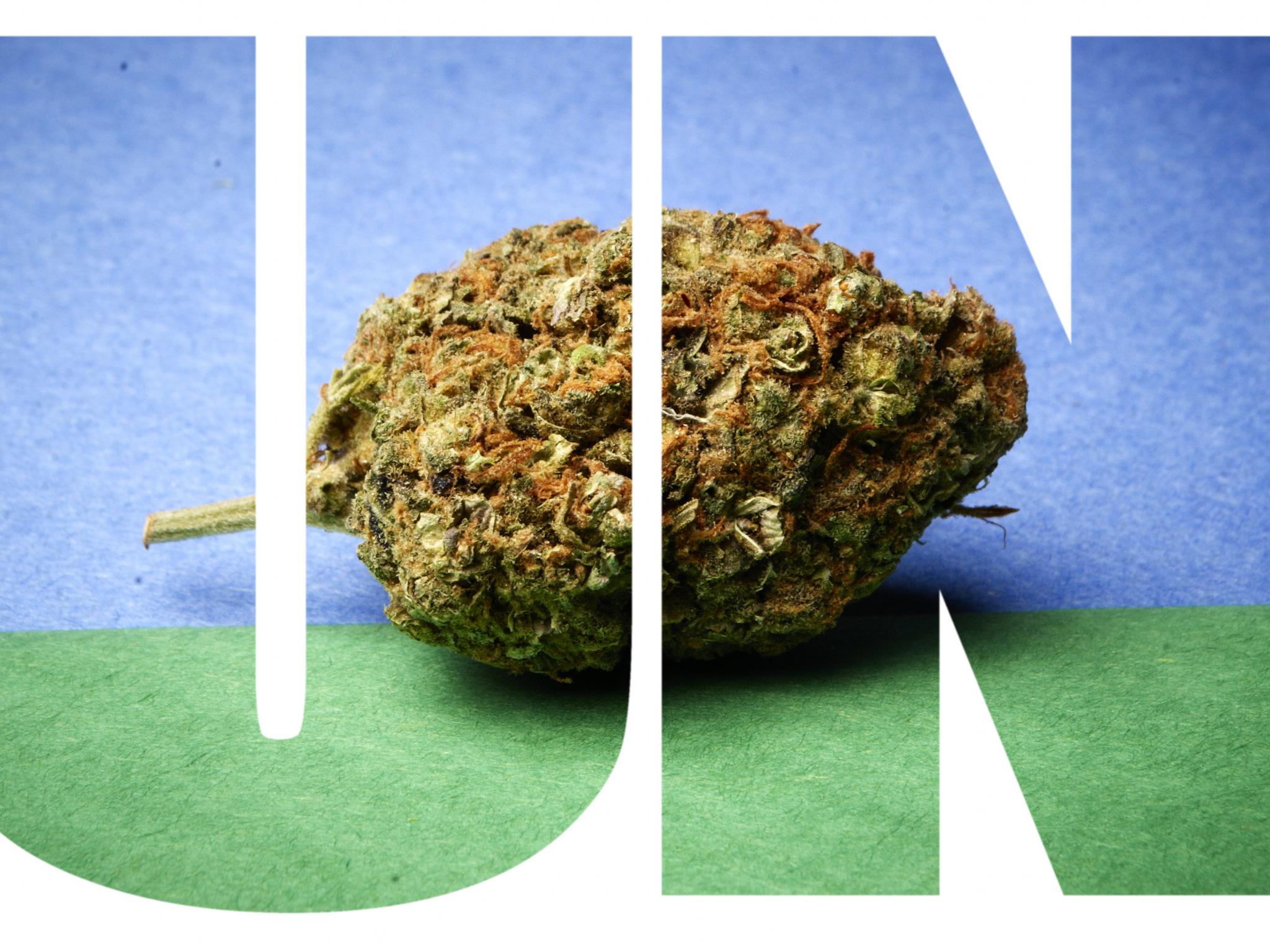
Legalization of cannabis usually leads to higher rates of daily marijuana consumption and consequently various health impacts, according to the UN Office on Drugs and Crime (UNODC)’s World Drug Report 2022, released Monday. The comprehensive report revealed growth in cocaine manufacturing, expansion of synthetic drugs to new regions and ongoing discrepancies in the accessibility of drug treatment, especially for women.
Some 284 million people aged 15-64 across the world consumed drugs in 2020, representing a 26% increase from the previous decade, with younger generations using more as compared to the previous generation. Per the report, people under 35 in Latin America and Africa are most commonly treated for drug use disorders. In Africa, cannabis is the substance for which most people (more than half) seek treatment for use disorders. As many as 40% of countries declared marijuana to be related to the highest number of drug use disorders.
It is projected that some 11.2 million people across the globe have been injecting drugs and approximately 5.6 million were living with hepatitis C, 1.4 million with HIVA and 1.2 million with both.
“Numbers for the manufacturing and seizures of many illicit drugs are hitting record highs, even as global emergencies are deepening vulnerabilities,” UNODC executive director Ghada Waly stated.” At the same time, misperceptions regarding the magnitude of the problem and the associated harms are depriving people of care and treatment and driving young people towards harmful behaviors. We need to devote the necessary resources and attention to addressing every aspect of the world drug problem, including the provision of evidence-based care to all who need it, and we need to improve the knowledge base on how illicit drugs relate to other urgent challenges, such as conflicts and environmental degradation.”
Key Cannabis-Related Takeaways
In 2020, the COVID-19 pandemic and related lockdowns also accelerated cannabis consumption, in terms of amount and frequency of use, but not the number of users.
Approximately 209 million people used marijuana in 2020, accounting for 4% of the global population. This means that cannabis remains the world’s most consumed substance.
The number of people who consume weed grew by 23% over the last decade. North America has the highest number, with some 16.6% of the population being consumers.
Interestingly though, the percentage of women who consume marijuana changes depending on the region, from 9% in Asia up to 42% in North America where a quadruple convergence of increase in cannabis use and increased intensity and frequency of use has been noted.
The U.S. has seen a rise in THC content in cannabis products and a decline in CBD levels. Because of the high potency of weed and related harm, states that have legalized cannabis in the U.S. have burdened their health systems.
North America is not the only continent with high potency cannabis in the markets. Per the UNODC report, THC has increased by 50% in herbal cannabis and almost tripled in cannabis resin over the last decade in Western and Central Europe, resulting in progressively evident health harms.
The number of people in treatment for cannabis use disorder in Western and Central Europe has also increased, with approximately one-third of people in the treatment being treated for cannabis use. In 2019, marijuana use accounted for 32% of those who started specialized drug treatment services in the European Union.
Despite the high cannabis use rate in North America, opioid use remains the continent’s major problem, with some 3.4% of the adult population confirming past year use (11 million users). In the U.S. and Canada, overdose deaths mostly driven by the widespread presence of fentanyl, continue to rise. In 2021, more than 107,000 people died from an opioid overdose, up from almost 92,000 in 2020.
In Europe opioids are the main drug for which people seek treatment with cannabis a close second.
Cannabis cultivation has also an important effect on the environment, with the carbon footprint of indoor marijuana being between 16 and 100 more than outdoor cannabis on average.
Marijuana Legalization Effects
The UNODC report claims that cannabis legalization in North America has boosted daily use of especially potent products, particularly among young adults. The report also noted an increase in the number of suicides, psychiatric disorders and hospitalizations.
Cannabis legalization has achieved an increase in tax revenues and a drop in marijuana possession arrest rates.
What To Do?
UNODC offered several suggestions on how countries can avoid cannabis-related issues:
- Invest in more studies on the effects of marijuana use, particularly the health consequences of cannabis products with high THC levels;
- Act on the misconceptions of risks related to marijuana use via evidence-based prevention messages;
- Place public health and safety above commercial benefits of legal cannabis markets;
- Learn from tobacco, alcohol, ultra-processed food and pharmaceutical industries.
Photo: Courtesy of Branding Pot via Shutterstock







